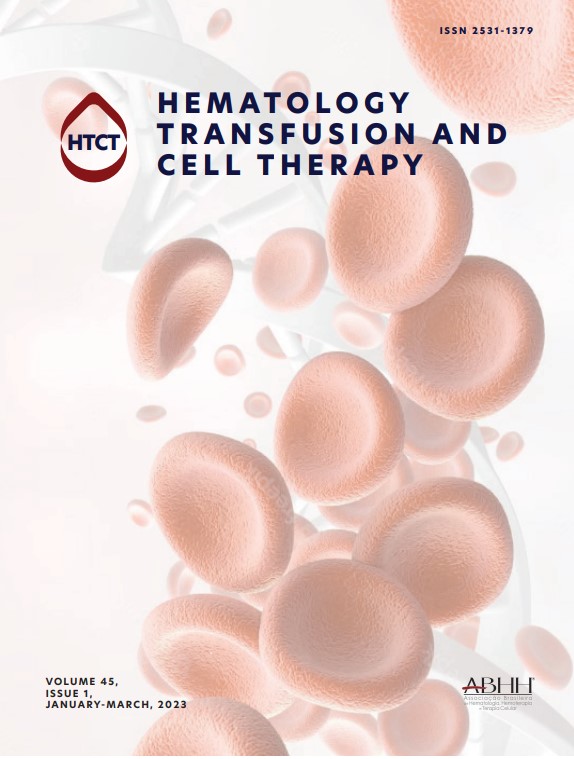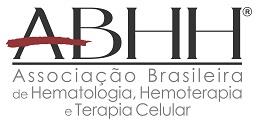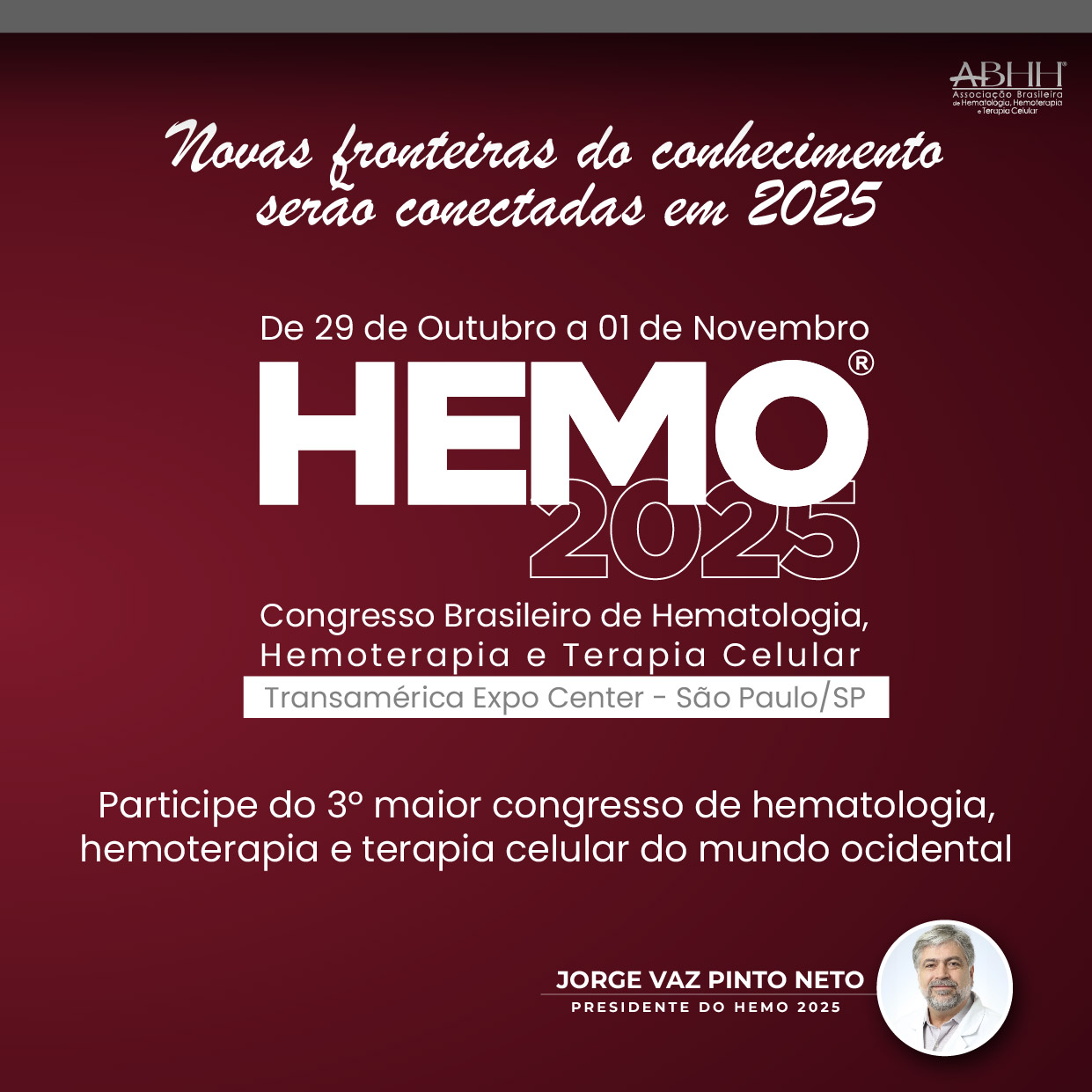The list of approved indications for hematopoietic stem cell transplantation (HSCT) increased significantly in the past two decades as a result of the developments in its technology as well in supportive care. In the present issue, Basquiera and colleagues1 report the temporal trends in HSCT in Argentina between 2009 and 2018. The authors show a steadily increasing HSCT rate, going from 153.3 HSCT/10,000,000 inhabitants in 2009 to 260.1 HSCT/10,000,000 inhabitants in 2018. Out of the 8,474 performed by 28 centers, 67.5% were autologous, being multiple myeloma as the most frequent indication. Among the 2750 allogeneic transplants performed 537 (19.5%) used family haploidentical donors, a remarkable frequency considering that all of them were done from 2014 to 2018. Indeed, the use of mismatched/haploidentical family donors has surpassed that of unrelated donors from 2016 onwards. Accordingly, worldwide the use of haploidentical donors has increased substantially. In Europe, Passweg and colleagues2 reported a 291% increase in its frequency between 2005 and 2015 according to a European Society for Blood and Marrow Transplant survey. A critical achievement for the broader use of the haploidentical HSCT was the incorporation of posttransplant cyclophosphamide (PTCy) as graft-versus-host-disease (GVHD) prophylaxis which yields a similar overall survival (OS) compared to HLA-matched unrelated donor (MUD) HSCT with conventional prophylaxis3. Of note, Basquiera and colleagues1 showed an important disparity among Argentinean regions regarding HSCT rates, which ranged from 99 (Formosa) to 680 (Tierra del Fuego) transplants for the year 2018. Overall, when the age-sex adjusted HSCT rates according to region are analyzed, it is evident that fewer transplants were performed in the northwest and northeast regions compared to the central and south ones. The authors concluded that the difference reflects differences in the access to transplantation among Argentine regions. Inequities in access to HSCT were reported elsewhere4. Gratwhol et al5 analyzed data from the Worldwide Network for Blood and Marrow Transplantation regarding the rates and characteristics of HSCT for 2006, globally. Similarly, to the reported in Argentina, there were more autologous (57%) than allogeneic (43%) HSCTs. Most of the autologous HSCTs occurred in the Americas and Europe. Allogeneic HSCTs were more common in Asia where the frequency of unrelated donors HSCT was 52%. In contrast, this frequency was of approximately 1% of the HSCTs in the Eastern Mediterranean and Africa.4 Among the factors accounting for the geographic differences, economic and sociodemographic factors play a major role and the following economic indicators have been associated with HSCT rates: human development index; health care expenditure per capita and gross national income per capita6. As stated by Basquiera and colleagues1 their study represents a “situation diagnosis” of the HSCT in Argentina, but the diagnosis would be the same for other middle-income countries and, therefore serves as the base upon which processes ensuring timely access to a standard of care treatment of malignant and benign hematological disorders.
O fator de impacto mede o número médio de citações recebidas em um ano por trabalhos publicados na revista durante os dois anos anteriores.
© Clarivate Analytics, Journal Citation Reports 2025
O CiteScore mede as citações médias recebidas por documento publicado. Mais informação
Ver maisSJR é uma métrica de prestígio baseada na idéia de que todas as citações não são iguais. SJR utiliza um algoritmo similar ao page rank do Google; é uma medida quantitativa e qualitativa ao impacto de uma publicação.
Ver maisSNIP permite comparar o impacto de revistas de diferentes campos temáticos, corrigindo as diferenças na probabilidade de ser citado que existe entre revistas de distintas matérias.
Ver mais





